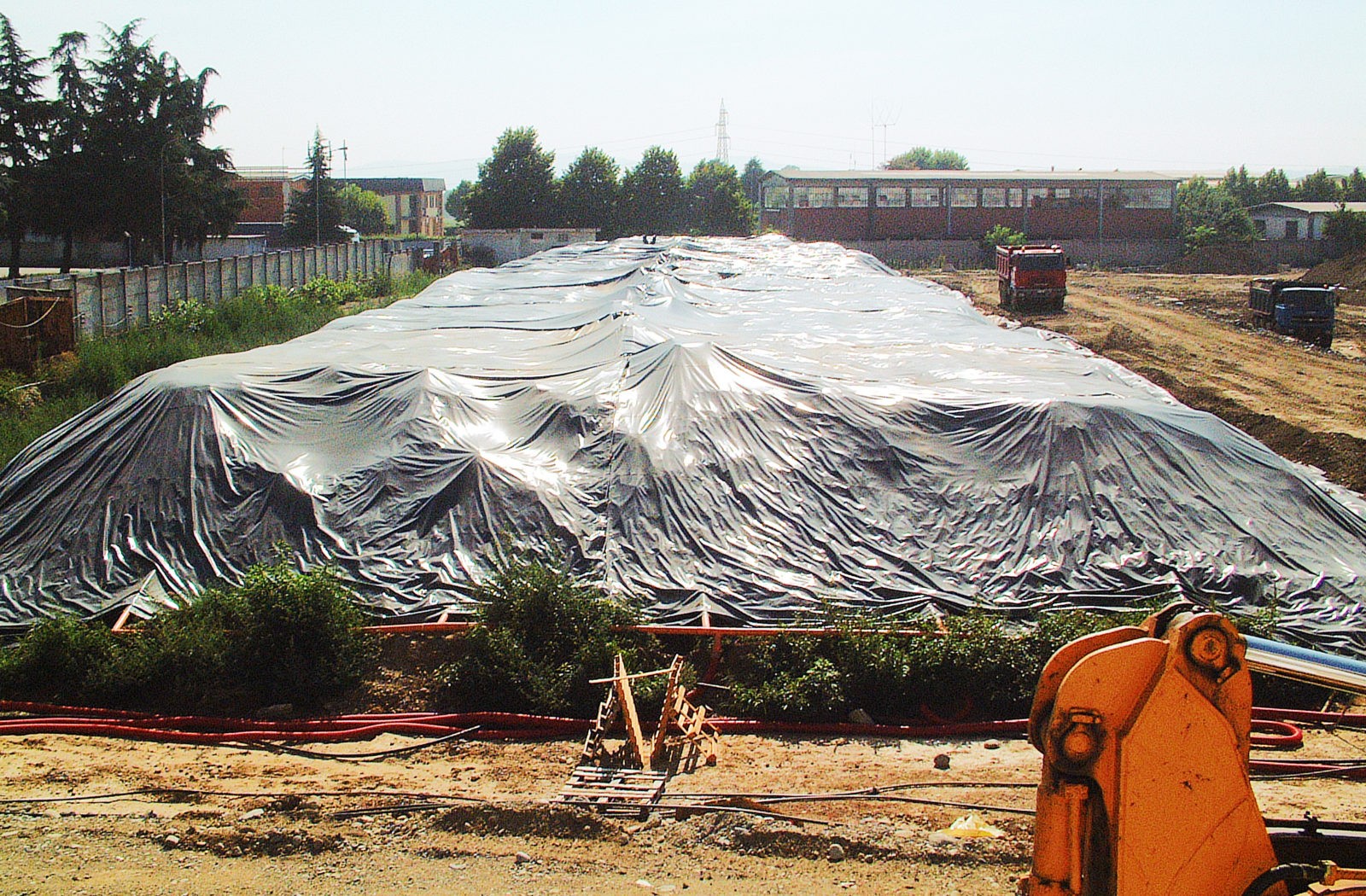INDICATOR CONTAMINANTS
In the assessment of a pollution phenomenon caused by petroleum products, in addition to determining the total level of petroleum hydrocarbons, it is necessary to determine a series of “indicator contaminants”.
In the case of gasoline these correspond to the BTEX (benzene, toluene, ethylbenzene, xylene), for heavier petroleum products contamination it is necessary to analyse PAHs (Polycyclic Aromatic Hydrocarbons), while contamination by petroleum products such as kerosene and jet fuel, is indicated by the presence of both BTEX and PAHs. Some hydrocarbons are particularly toxic and carcinogenic, like benzene and some heavy PAHs (ex. Benzopyrene).
Each of these groups of hydrocarbons has its specific behavior in the soil. The BTEX have high mobility, because they are quite soluble in water and adsorb moderately to the soil. PAHs, with at least three condensed rings, have very low solubility and high adsorption coefficients to the organic carbon in the soil; the lightest compounds, naphthalenes and methylnaphthalenes, have a certain solubility and mobility, but a relatively low toxicity.
REMEDIATION APPROACHES
Many physical and chemical technologies can be applied for hydrocarbon remediation.
Cleanup operations can be conducted in situ (without removal of the contaminated matrix) and on-site (with removal of the polluted matrix and treatment in a dedicated area within the site). The in situ technologies are effective against lighter hydrocarbons, which can be extracted as a gas through aspiration (Soil Vapor Extraction); contamination by heavy hydrocarbons is more complex and requires on-site intervention to achieve results within a reasonable time. Excavation, on the other hand, involves the removal of contaminated matrix, which is transported to a different site for disposal or further treatment.
Bioremediation is a reliable alternative to the physical and chemical methods. Bioremediation technologies for hydrocarbons are based on the action of microorganisms that can use the pollutants as an energy source. The remediation process works by creating the ideal growth conditions for these microorganisms.
A careful cost/benefit analysis, which also takes into account the environmental sustainability of the interventions, can demonstrate that biological technologies represent the best solution (BATNEEC) to resolve hydrocarbon contamination.
Hydrocarbon bioremediation
Aerobic Biodegradation
On site and In Situ operations can be implemented, consisting in the enhancement of natural aerobic biodegradation processes through addition of nutrients and environmental conditions adjustment.
Groundwater and Soil
6-24 months
Emergency containment and full scale remediation
case study
Biosearch Ambiente has performed several bioremediation interventions – directly and in support of other companies – at hydrocarbon polluted sites, using different site-specific technologies . The following describes the remediation of a contaminated site in the province of Turin.


